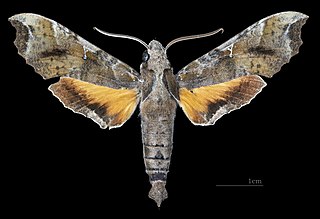
Callionima calliomenae is a moth of the family Sphingidae.

Xylophanes anubus is a moth of the family Sphingidae first described by Pieter Cramer in 1777.
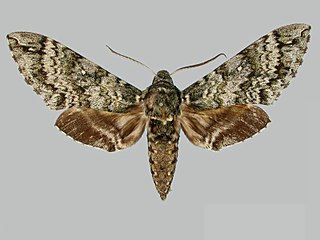
Manduca armatipes is a moth of the family Sphingidae first described by Walter Rothschild and Karl Jordan in 1916. It is found from Argentina and Uruguay to Bolivia.

Manduca bergi is a moth of the family Sphingidae first described by Walter Rothschild and Karl Jordan in 1903.

Manduca clarki is a moth of the family Sphingidae first described by Walter Rothschild and Karl Jordan in 1916. It is known from Brazil, Colombia, Ecuador, Peru and Bolivia.
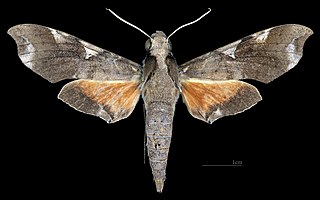
Callionima acuta is a species of moth in the family Sphingidae. It was originally described by Walter Rothschild and Karl Jordan as Hemeroplanes acuta, in 1910.

Callionima denticulata is a species of moth in the family Sphingidae, which is known from Panama, Mexico, Costa Rica, Nicaragua, Bolivia, Peru and western Venezuela. It was originally described by Schaus as Calliomma denticulata, in 1895.

Callionima gracilis is a species of moth in the family Sphingidae. It was originally described by Karl Jordan as Hemeroplanes gracilis in 1923. It is endemic to Cuba.
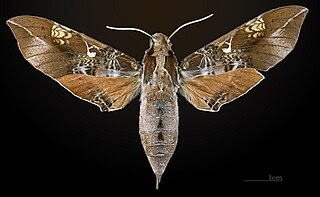
Callionima inuus is a species of moth in the family Sphingidae. It was described by Walter Rothschild and Karl Jordan in 1903.
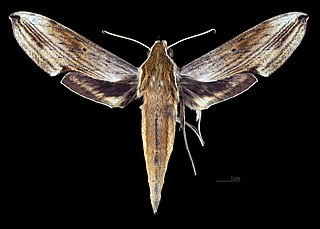
Xylophanes dolius is a moth of the family Sphingidae. It is known from Ecuador and Bolivia.

Xylophanes resta is a moth of the family Sphingidae.

Eupyrrhoglossum sagra, the Cuban sphinx, is a moth of the family Sphingidae. The species was first described by Felipe Poey in 1832. It is known from tropical and subtropical lowlands in Cuba and from Mexico and Belize to Guatemala, Costa Rica, Bolivia, Paraguay, Argentina and Uruguay. Occasionally, strays are found in Florida.
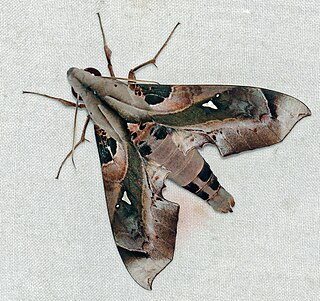
Madoryx plutonius is a moth of the family Sphingidae.
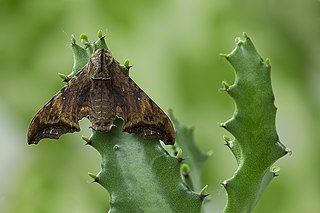
Nyceryx riscus is a moth of the family Sphingidae.

Nyceryx alophus is a moth of the family Sphingidae. It is found from Brazil to Bolivia, Argentina, Paraguay and Uruguay.

Nyceryx continua is a moth of the family Sphingidae. It is found from Peru, Bolivia, Argentina and Brazil.

Nyceryx nictitans is a moth of the family Sphingidae. It is found from Brazil to Argentina and in Peru and Bolivia.
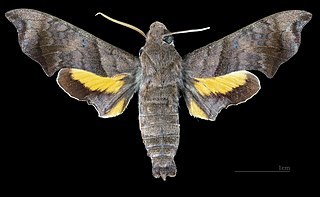
Perigonia pallida is a moth of the family Sphingidae first described by Walter Rothschild and Karl Jordan in 1903.
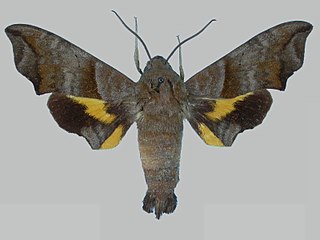
Perigonia passerina is a moth of the family Sphingidae. It is known from Bolivia, Argentina and Brazil.

Eumorpha cissi is a moth of the family Sphingidae.























